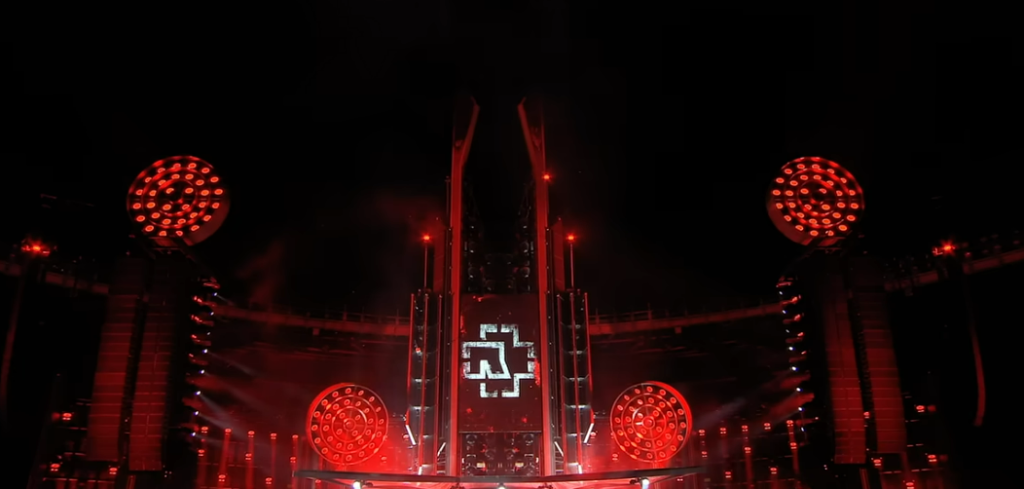The music industry is going through a remarkable period of change that is both electric and dizzying. Thanks to TikTok’s looping magic, what once required years of radio promotion and touring can now be completed in 15 seconds. Millions of feeds can be traversed by a catchy hook, reaching listeners before the mainstream media ever takes notice. As a result, spontaneity, teamwork, and flexibility are now more valued than ever in the music industry.
Not only did TikTok alter the way music is shared, but it also fundamentally altered the definition of success. A video that becomes popular on its “For You Page” has the power to instantly propel a song to the top of the world charts. The platform’s remarkably evident ability to launch entire careers from bedroom creativity is exemplified by artists such as Lil Nas X, whose song “Old Town Road” started out as a lighthearted remix. Once merely listeners, fans now take on the role of co-marketers, producing dances, remixes, and reactions that sustain a sound for far longer than any radio spin.
The dynamic is remarkably comparable to grassroots movements in that it is erratic yet tremendously potent when it gains momentum. By converting engagement into exposure and exposure into opportunity, every user becomes an amplification agent. Once slow-moving behemoths, record labels now sign musicians after one viral hit as they hunt viral talent with incredible vigor. A&R intuition is frequently replaced by data from TikTok’s analytics, which provides precise insights into what fans actually react to.
Once heralded as the industry’s salvation, streaming today feels more like a means to an end than a final destination. Because of the infamously low per-stream compensation, artists aim for visibility rather than volume. Live performances are the true source of income, as demonstrated by Beyoncé’s Renaissance Tour and Taylor Swift’s record-breaking Eras Tour. These concerts are becoming complete cultural events rather than only performances. To be a part of something real, every fan who found a hook online now purchases tickets, T-shirts, and limited-edition records.
| Aspect | Details |
|---|---|
| Core Focus | The transformation of music discovery, marketing, and monetization driven by TikTok and live performance revenue |
| Key Figures | Taylor Swift, Olivia Rodrigo, Lil Nas X, Bad Bunny, Charli XCX, Doja Cat |
| Structural Shift | Short-form virality fuels streaming success, which in turn drives ticket and merchandise sales |
| Economic Impact | Streaming revenue remains minimal, while live tours and fan communities drive major profits |
| Reference Source | https://www.grammy.com/news/how-tiktok-became-a-major-force-in-music-discovery |

This tactic has worked incredibly well. Through transforming online fandom into live events, musicians have brought back a sense of group celebration that was all but lost in digital environments. The relationship between artists and audiences becomes mutually beneficial, with artists rewarding fans with engaging offline experiences and fans promoting artists online. It’s a feedback loop that is both emotionally and financially compelling.
Additionally, the creative process has changed. Before releasing, artists increasingly test possible hits on TikTok. Snippets serve as little focus groups; if a chorus strikes a chord, it becomes the main emphasis of the entire song. This approach is very effective, saving money on marketing as well as time. But there are risks involved. Creative weariness may result from the pursuit of virality. Instead of focusing on authenticity, some musicians are concerned about writing songs that are optimized for algorithms.
Nevertheless, there is something really novel about the way artists function in this setting. Consider Charli XCX, whose album Brat created viral dancing challenges out of pre-release teasers. Or PinkPantheress, whose fleeting, sentimental loops evoke strong feelings in millions of people. These musicians represent a generation that views rhythm as interaction as well as sound, with each beat calibrated for emotional impact and shareability.
The change is cultural in nature rather than merely mechanical. TikTok has broken down barriers between amateur and professional musicians, democratizing the music industry. Overnight, a young Manila singer can become well-known worldwide. One viral instrumental can lead to a brand agreement for a Manchester bedroom producer. By adding new sounds, languages, and viewpoints to international charts that previously appeared to be dominated by a small number of predictable styles, this democratization has significantly increased diversity in mainstream music.
This speed-driven strategy, meanwhile, has the potential to be unrelenting. It is expected of artists to provide music, content, behind-the-scenes videos, and personal narratives on a continuous basis. It feels dangerous to rest. Many, however, believe that the trade-off is worthwhile. The fan-artist relationship has become more intimate. Fans engage as Noah Kahan records an impromptu jam or Olivia Rodrigo exposes her creative process. They remix, duet, and sew. It’s a large-scale cooperation that is changing the way that creative is shared.
Music is not the only industry that benefits from this new framework. These days, fashion, movies, and even wellness products follow the latest music trends. Within days, a popular TikTok song may serve as the soundtrack for a Netflix video or inspire a fashion ad. All sides benefit greatly from this cross-pollination. It illustrates how the contemporary entertainment ecology depends on connectivity, with each song serving as an advertisement and each click supplying another media.
The way the new music economy reflects an older heritage is really intriguing. TikTok loops are essentially the digital counterpart of street performances, which are brief, impromptu acts that captivate an audience with their presence and intensity. Despite the platform’s advanced technology, the desire to connect, share, and fit in is ageless. Through mutual emotion and interpretation, fans co-create the meaning of the music rather than only listening to it.
Even well-known artists have developed adaptability. BTS’s multi-platform storytelling, Bad Bunny’s direct fan interaction, and Taylor Swift’s clever use of Easter eggs demonstrate that success today hinges on comprehending rhythm beyond melody—the beat of dialogue, expectation, and connection. In this environment, longevity is driven by authenticity and transparency is currency.
The lesson for all artists making their debut on TikTok is extremely clear: success in the modern era is not linear. It is dispersed, collaborative, and perpetually renewed. While ties formed via genuine participation survive, virality can wane. Despite its modest beginnings, the digital stage has far-reaching effects.


